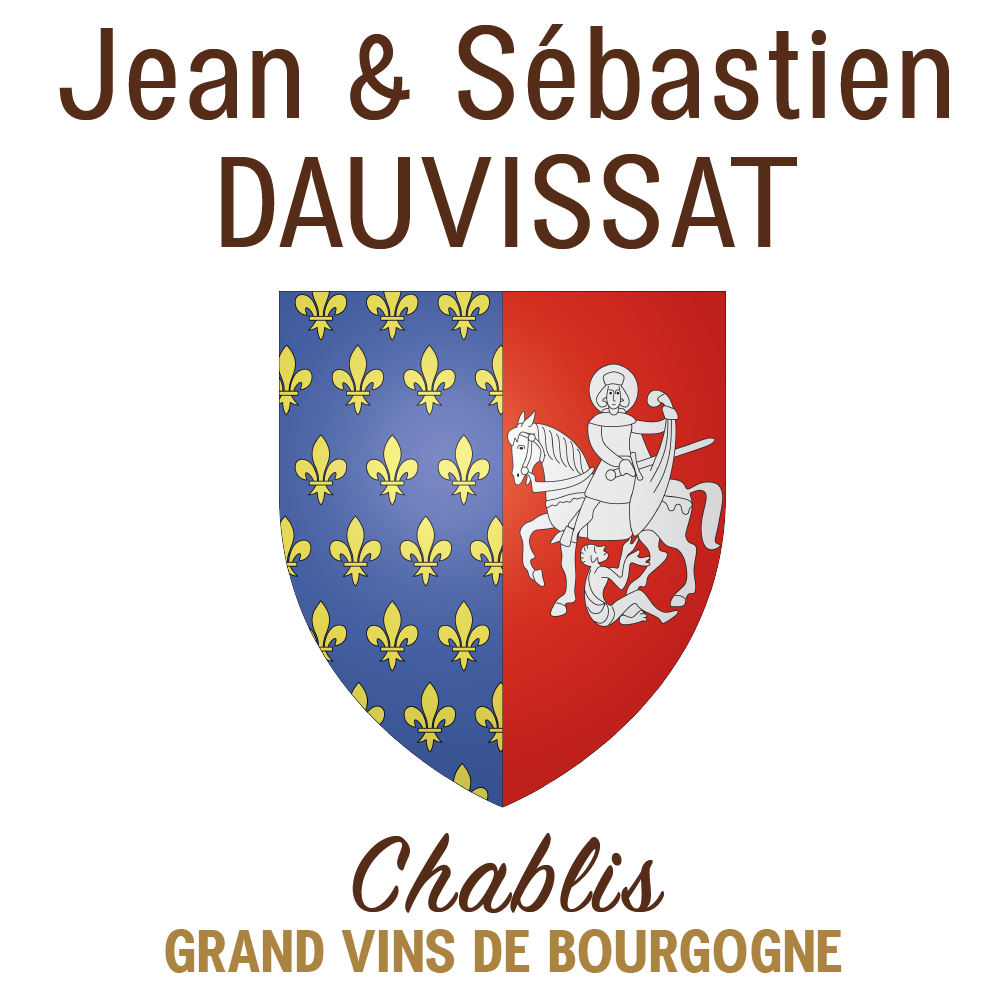Chablis - Great Burgundy Wine
The Domaine Jean & Sébastien Dauvissat
The Dauvissat family has owned the estate since 1899. The family’s vineyard holding extends to more than 11 hectares & planted with vines aged on average from 20 to 70 years (70 years for the ``Vieilles Vignes`` vintage). The cellars, which are located under a 17th century house (the former presbytery of Petit Pontigny), were enlarged in 1980, and house the wines at an average temperature of 10 to 15°C in summer and winter.

The Terroir
Chablis. Sedimentary basin vineyard
Chablis, in the north of Burgundy, is a sedimentary basin vineyard. What does this mean? That this depression zone was underneath the sea once upon a time & has gradually evolved with the materials that today make up the soil and subsoil of the Chablis vineyards.







